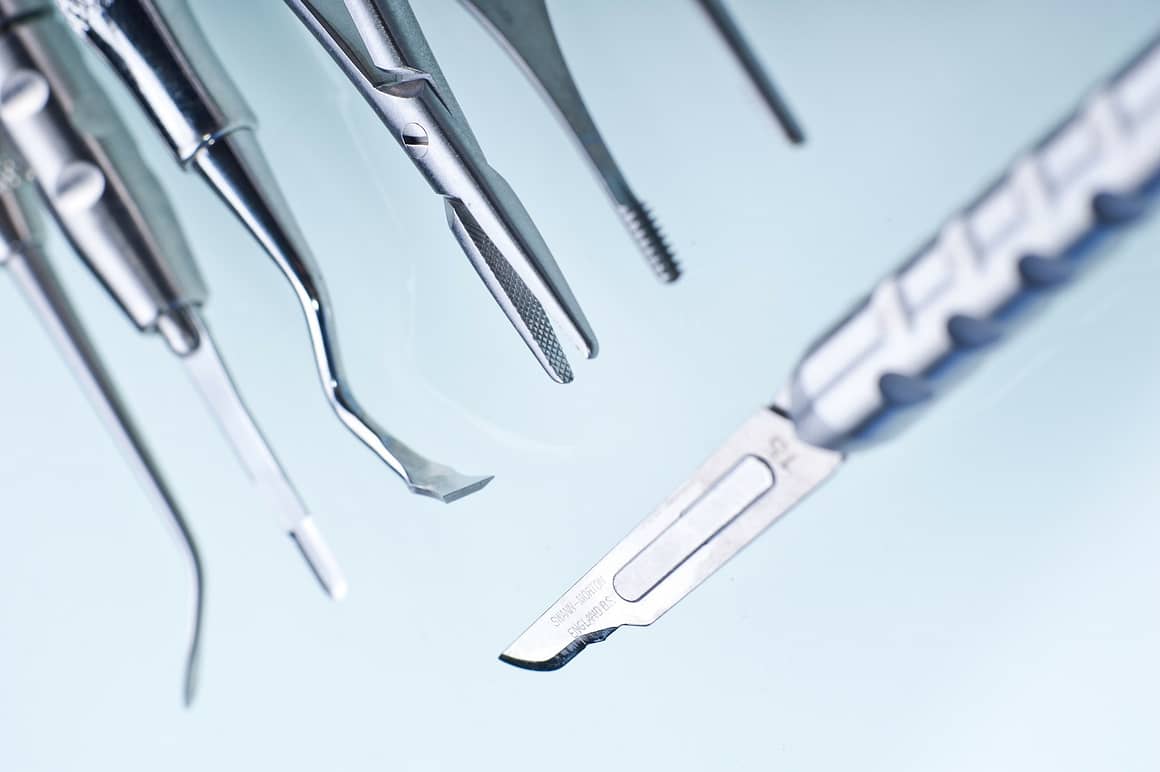
What is CT1?
- Dental Core Training
-
Jun 19 2015
- Share post

Alison Brownlie is a young enthusiastic graduate of Glasgow Dental School and in the following article she gives an insight into what to expect from your first year in Dental Core Training.
Formerly referred to as DF2, this is now known as CT1 in Scotand and DCT1 in the rest of the UK.
Alison Brownlie | BDS(Hons) MFDS RCPSG
Clinical Lecturer/Honorary Specialty Registrar in Restorative Dentistry
University of Glasgow Dental School
I graduated from the University of Glasgow with Honours in 2011, and went on to complete my VDP (DFT) year in Prestwick. I remained within my VDP practice as an associate part-time, with the remainder of the time as an associate in Lanarkshire. During this time I completed the MFDS examination with the Royal College of Physicians and Surgeons of Glasgow. I then decided I wanted to pursue further training, so completed CT1, spending 6 months in the Salaried Dental Service in Kilmarnock, and 6 months in the Hospital Dental Service within Oral and Maxillofacial Surgery in Crosshouse Hospital.
What is CT1?
CT1 is usually undertaken in your second year post-qualification. It is an excellent means of further expanding skills gained as an undergraduate and a VT. Generally, the posts are split over 2 blocks of 6 months each, usually between the salaried dental service (SDS) and hospital dental service (HDS). The salaried dental service post is often in a community centre and there you will provide general dental services to a wide range of patients. I had sessions of sedation (IV and Inhalation), sessions with patients who had additional needs and children, especially anxious children.
Patients are referred to the SDS by GDPs as it is possible to spend much more time with patients, acclimatising them and allowing them to reach their treatment goals in more acceptable ways. The centre I worked in had excellent provision for patients in wheelchairs – there was both a wheelchair ramp and a hoist and domiciliary visits are commonplace, both within patient’s homes and care homes.
Anxious children are often referred for treatment as well. Sometimes just having the available time to spend and explain procedures can be enough to give them the confidence to accept treatment, and other times inhalation sedation can do the trick. In more advanced cases, dental extractions under general anaesthetic is the only viable treatment and I spent one session per week treating up to 10 children per morning in Crosshouse Hospital Day Surgery Unit.
You are allocated a trainer, much like when you are a VDP. Your trainer is on hand to help out with treatment planning and discussing cases where patients may have complex medical histories. There are continuous assessments: Direct Evaluation of progress (DEPs) and Case Based Discussions (CBDs). You complete a set number of these online assessments over the course of 6 months.
Within the HDS, there are posts either in the Dental Hospitals or within OMFS units. I completed my HDS post in Crosshouse Hospital in Kilmarnock. This was an ideal way to consolidate all of my undergraduate oral surgery and oral medicine training. You work as part of a team of CT1s and SHOs under the guidance of consultants and specialist registrars. There is a 2 day “On the Ward” course to be completed before starting where you are taken on a whistle-stop tour of being a junior doctor! Taking bloods and placing cannulae are commonplace and daily activities. This job involves a mixture of consultant clinics, treatment under local anaesthetic and general anaesthetic, with treatment ranging from surgical removal of wisdom teeth to orthognathic surgery and major cancer resections and reconstruction. The patients are often admitted to a ward, and you are required to care for these patients as well, with “on call” night and weekend shifts regularly. In addition, there can be calls from A&E to assess patients on presentation following trauma, that’s where you will often see mandibular and zygomatic fractures first hand, along with lacerations and dental abscesses. There are other clinics throughout the week too, like IV sedation, orthodontics, and orthognathic planning clinics.
Pros & cons of CT1
- As each post lasts for 6 months continuously, you are able to really get settled in a post and learn on the job.
- The time flies in and I would have loved a second 6 months in the HDS.
There are very few – even if you plan to work in general practice long-term, you will learn invaluable skills to set you in good stead for your future career. If you plan to work within the hospital service, it provides necessary experience to secure an SHO/CT2 post.
Absolutely, I could have not gained the experience and skills that I now have if I had not had a CT1 post.
Advice to anyone considering CT1
Have an open mind and enjoy the experiences, even if you do not go on to work in the community or hospital services, the skills and experience you will gain will stand you in good stead in any practice setting. It is also an ideal opportunity in which to study for and sit the MFDS examination, so plan ahead and ensure you know the cut off dates for applying. Good luck!
Further Information
Comments
Add a comment
Leave a Reply
This site uses Akismet to reduce spam. Learn how your comment data is processed.

Why did I choose DCT over being an associate? | Dental Careers Guide
January 23, 2016 at 12:33 pm[…] https://www.dentalcareersguide.com/what-is-ct1/ […]